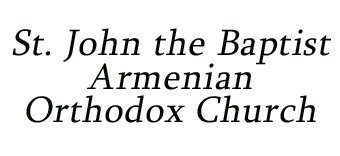FAITH OVER DOUBT
Often, when facing a difficult choice, immediately after making our decision, we begin to hesitate, doubt, and worry, constantly asking ourselves whether we have done the right thing. We also experience doubt during prayer, questioning whether God hears us and will fulfill our requests. The Holy Scriptures say that in those moments, we are like the waves of the sea tossed and turned by the wind.
